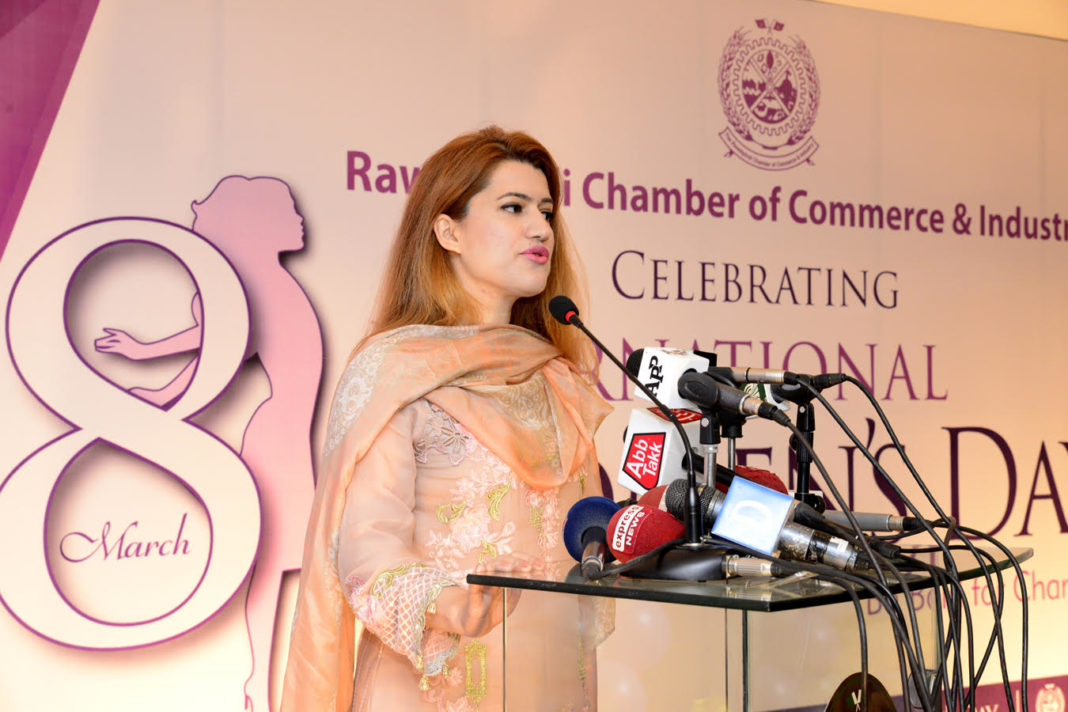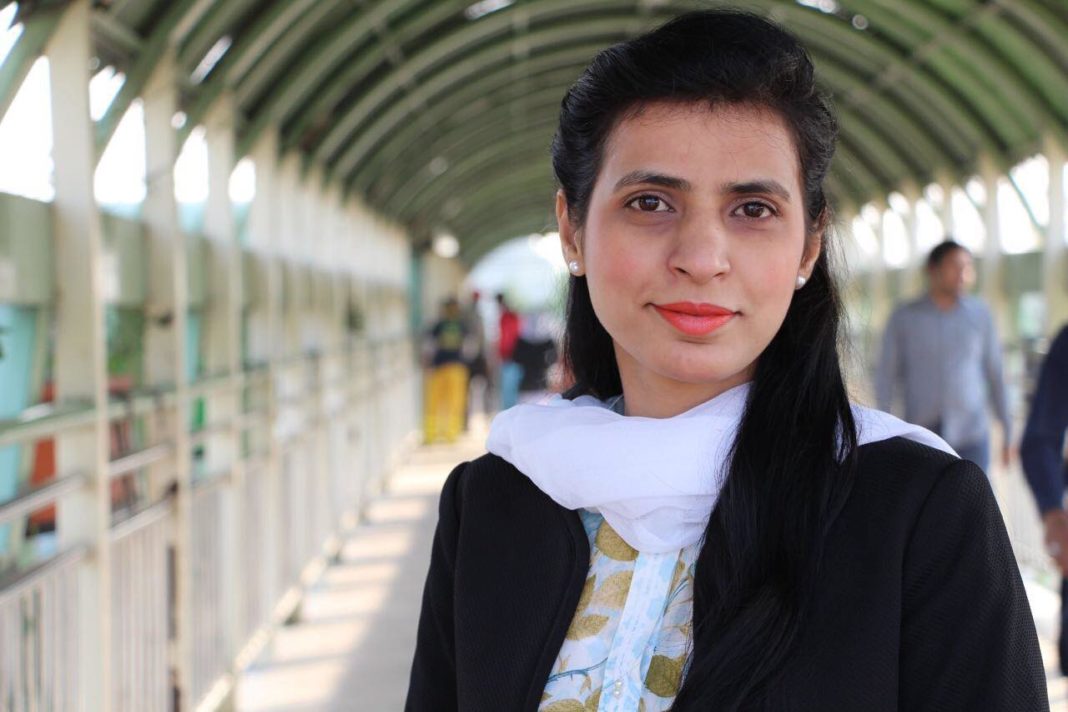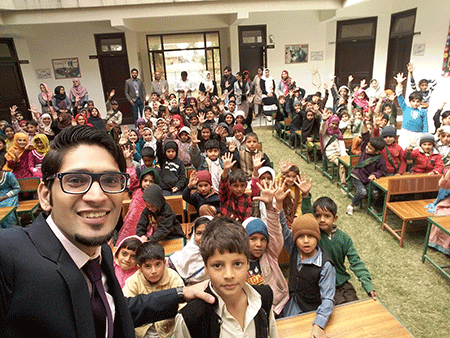Case of The missing 49%
By Mahwish Afridi – Executive member Rawalpindi Chamber of Commerce and Industry
Where are the women?
Mahwish Afridi is a young leader and strongly believes that empowerment of women is pivotal for the socio-economic uplift. She criticises the decision of PTI led government who hasn’t included a single woman in Prime Minister’s Economic Advisory Council, while talking to The Dayspring she said it is a matter of great concern that women who make 49 percent of total population of Pakistan are kept out from the council.
The missing 49% is a case of the absence of women on the decision making tables. Through interventions, a 33% gender quota has been introduced in boards and electoral process of Pakistan. However,to incorporate and absorb them into the system so that they positively contribute to their presumed role depend on the appointing authorities. Time and again women have been let down, neglected and now almost forgotten by the new government on the decision making tables.
Empowerment of women is smart economics. The significance of diversity and inclusion can be understood by Bangladesh’s case, it accepted and implemented this simple yet powerful aspect of economics and climbed the ladder on the Global Gender Gap Index to 47. Whereas, Pakistan ranks second last at 143 out of 144 countries and on the Human Development Index its position has further deteriorated to 150 in 2018.This should alert the government that there is something seriously wrong with its policies.
Economic policies do not have a gender neutral affect. They affect men and women differently because of their different positions in the formal and informal sectors of the economic value chain. There is no denying that women operate predominately on the SME level, if this 49%the of human resource is utilized properly, SMEs can become the backbone of Pakistan’s economy. With inappropriate representation, the one-sided consultations will end up with one sided resolutions. Therefore women need to be engaged at the decision making tables to translate their specific requirements into economic reforms.
The recent appointments of a specific gender in the Economic Advisory Council is a matter of grave concern. With not a single woman appointed in the Prime Minister’s handpicked Economic Advisory Council, it makes us question who will protect and promote the economic rights of women in Pakistan’s economy. The fundamental right that had been made mandatory to be achieved in the Convention of Elimination of All Forms of Discrimination against Women CEDAW that Pakistan is a signatory of, has certainly been violated by appointing a Male-Only EAC. Pakistan has made numerous national and international pledges to attain gender equality. The SDGs Sustainable development goals that Pakistan is extensively promoting, cannot be successfully implemented if this aspect of gender equality is neglected.
Case Study: Pakistan Strategic Trade Policy Reforms 2018-2023
For the very first time gender balanced consultative sessions were organized by the Ministry of Commerce and all the stakeholders were involved in the formulation of the Strategic Trade Policy Framework. Women discussed the barriers in trade and submitted their proposals as a result of a comprehensive capacity building training program ‘Women leadership in Trade Policy’ organized by USAID-PREIA. Because of the efforts from both sides the new trade policy STPF 2018-2023 is going to be an inclusive one, catering to the demands of both genders that can add to the economic growth of the country.
Arancha González executive director International Trade Center believes that Pakistan’s economy size can increase by 30% through women economic empowerment. The capacity building free resources available online through the International Trade Center is a hint to how women can use their potential in the economy. Studies and research have proven again and again that an economically empowered woman spends more on health and education, which ultimately leads to an empowered country. So the question arises, what is stopping the country from achieving this? Unfortunately, the answer is reflected when the merit is neglected in the election process, in the decisions when the Country has a male-only EAC and there is a poor representation of women in the provincial and federal cabinets. When women are limited to be props on decision making tables and they face barriers to assume leadership roles, when they are only used for their thumb impression to fill the attendance register on the floor of the house, they will remain missing.
We expect the government to make the women visible by engaging them in public-private platforms. By making space for them on the decision making tables, by incorporating their opinions and proposals on advisory councils and board, by offering capacity building workshops and programs. As a competent assertive woman can voice the concerns of the 49%, when acknowledged and appreciated for her leadership roles she can pave way for missing women in the life of a country.
LET THE WOMEN BE FOUND!!!
From our Print Edition








